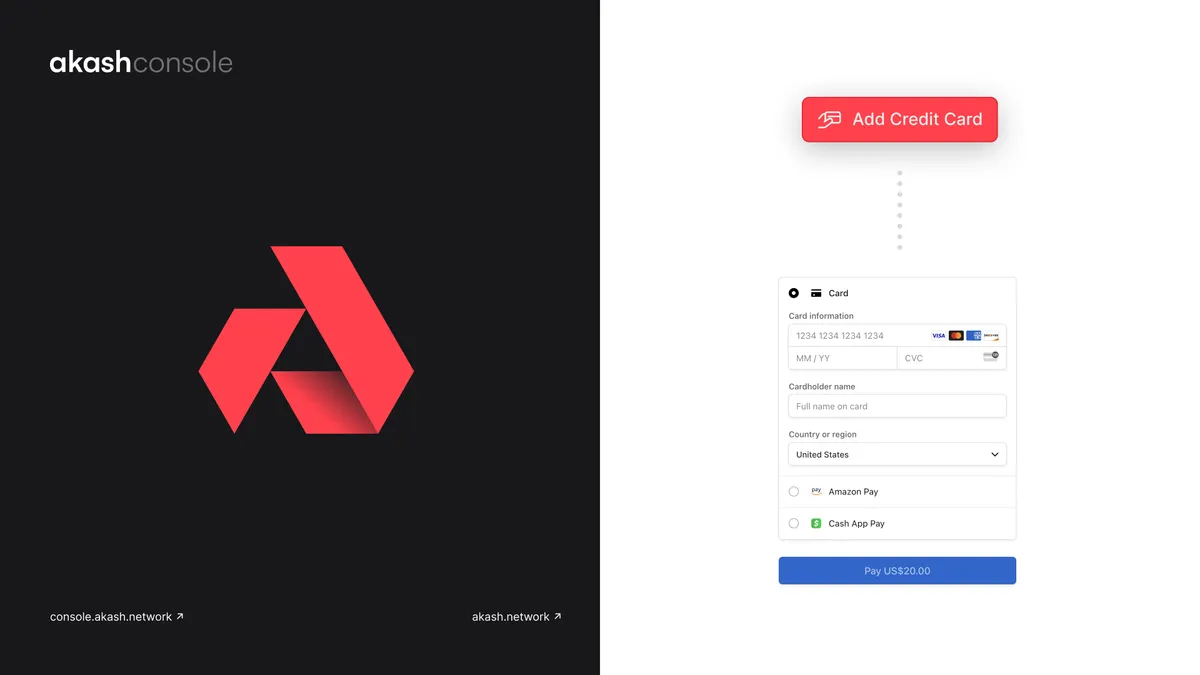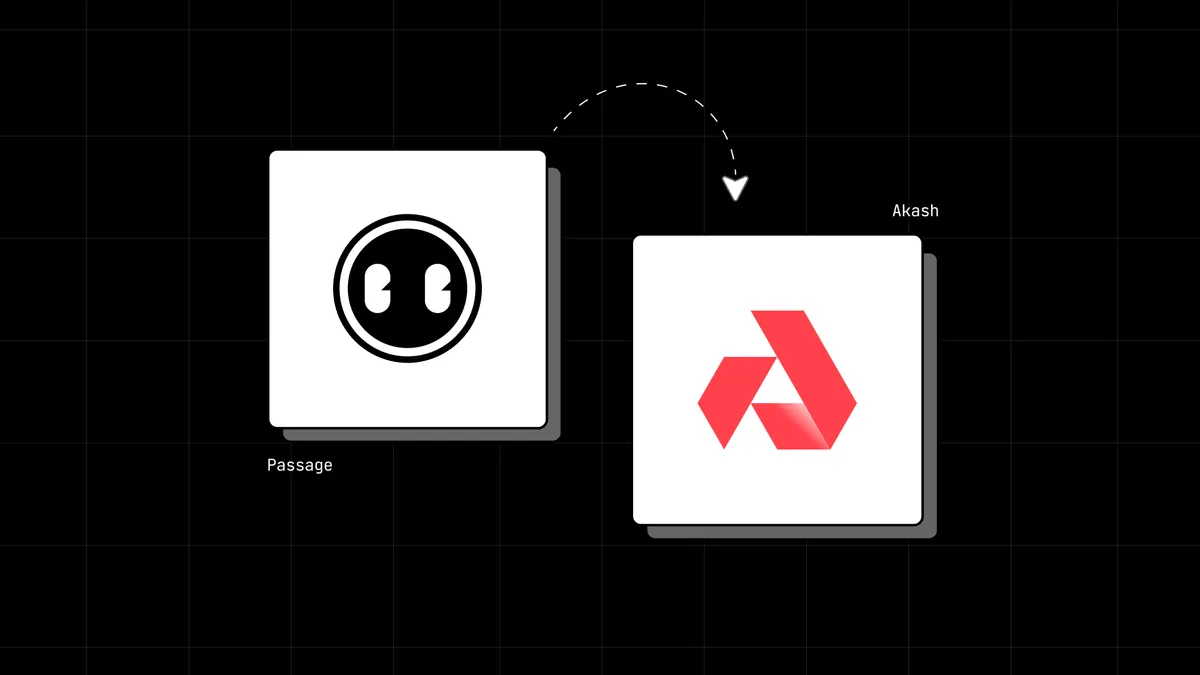
As we shared last week, one of our primary goals is to unlock Akash Network’s acceleration and expand global access to Akash Token (AKT) without arbitrary access restrictions. That’s why we were excited to announce our first decentralized exchange listing of AKT on Osmosis.
With the successful launch of Osmosis, the first IBC-enabled decentralized exchange, for the first time ever, any developer or AKT buyer can now access AKT in a permissionless and frictionless way, from anywhere in the world, swap, and earn rewards for providing liquidity for AKT and any other IBC-enabled asset.
The feedback has been resoundingly positive with users around the world praising Osmosis’s slick and easy to navigate user interface. Osmosis was designed to be accessible to a wide range of users from beginners to seasoned DeFi Degens.
With Over $50 million in TVL (total locked value) accrued in less than a a week and extremely attractive rewards for providing liquidity and staking, Osmosis is a must use.
This guide will walk you through how to use Osmosis’s key features from start to finish. For the sake of simplicity, we’ve divided this guide into three main sections:
- Funding your Osmosis account
- Swapping assets
- Providing liquidity
1. How to Fund Your Osmosis Account
_____
Step 1.1: Buy ATOM
You can purchase ATOM from every major exchange in the world. Below are a number of exchanges you can use:
Step 1.2: Install the Keplr Wallet browser extension
In order to use Osmosis you need to create a Keplr Wallet. Go to the chrome web store and click the “Add to chrome” button at the top right of your screen.
Step 1.3: Create a Keplr wallet
Once you’ve installed the Keplr Wallet browser extension follow the instructions in this Keplr wallet setup guide.
Step 1.4: Send ATOM to your Keplr Wallet
Step 1.5: Open Osmosis
Now that you have ATOMs in your Keplr Wallet, you’re going to want to open Osmosis.
Step 1.6: Connecting your Wallet
Once you’ve opened the Osmosis web app, you need to connect your Keplr Wallet. Sign in to your Keplr wallet extension if you haven’t yet, and click “Connect Wallet” at the bottom left of the Osmosis page.

Step 1.7: Depositing assets into Osmosis
Now, this is the first time you’ll be using IBC! In order to use Osmosis, please follow these next steps:
- You need to transfer your assets from your Keplr wallet to Osmosis by using Inter-Blockchain Communication Protocol (IBC). IBC enables different blockchain protocols built with Cosmos SDK to exchange value between each other.
- Go to the menu on the left of the Osmosis page and click “Assets.” On the Assets page, there is a list of available assets including ATOM. Immediately to the right of ATOM you’ll see a “Deposit” button. You’ll want to click deposit


(there are instances where IBC assets take a few minutes to populate. Be patient and refresh your screen. If there are issues, you can get support in the Osmosis Discord)
2. How to Swap
_____
Step 2.1: Swapping
Now you’re ready to swap! Click on the “Trade” tab located at the top left of your screen on Osmosis
Go ahead and choose which assets you’re swapping from and to. For the purposes of this guide, we’ll be swapping ATOM to AKT. Because of the set ratio of the AKT <> ATOM pool, you will want to swap 2 / 3 of your ATOM into AKT in order to provide liquidity to the pool.
For some of you, your journey will end here. You can swap any amount of your ATOM for AKT or any other IBC-enabled asset and send that asset back to your Keplr Wallet.


Important to note: Make sure when you are swapping to be mindful of slippage. What is slippage? Slippage is the expected % difference between the quoted and executed price. Selling too much of one asset into the pool can increase slippage and destabilize the pool if there isn’t enough liquidity.
As a recommendation, you don’t want slippage to exceed roughly 2%.

TIP: Click settings at the top right of the Swap menu and set your slippage tolerance to 1% just in case.
3. How to Add Liquidity to a Pool
_____
For some of you the journey hasn’t ended and by this point you already have both ATOM and AKT and are ready to add liquidity to the ATOM <> AKT pool on Osmosis.
Step 3.1: Choosing a pool
Click the “Pools” button on the options menu to the left of the Osmosis page and you’re going to see a number of liquidity pools from the Cosmos ecosystem that are supported and IBC-enabled.
Each card will show you the Pool number, the asset pair in that specific pool, the estimated APY for providing liquidity, and the pool’s overall liquidity.
For the sake of this guide you’ll be choosing Pool #4, the AKT <> ATOM pool.
Step 3.2: Adding liquidity
You’ve chosen the AKT <> ATOM pool, now you need to add liquidity to that pool. In order to do that, click the “Add / Remove Liquidity” button at the top of your screen. Remember that the AKT<> ATOM pool is a 2-to-1 pool, meaning 2/3rds of the value of the pool will be in AKT and 1/3rd will be in ATOM
Add the amount of ATOM and AKT you would like to provide to this pool to become a Liquidity Provider and earn OSMO and AKT rewards

Step 3.3: Bonding your LP Tokens
This is the final step and an important one.
45% of daily issuance of OSMO rewards will go towards incentivizing liquidity providers to bond their LP tokens to promote long-term liquidity on Osmosis’ AMM. Osmosis users can also choose to bond their LP tokens after providing liquidity. Similar to OSMO staking, LP tokens remain bonded for a certain length of time, except users are allowed to choose the length of their own unbonding period.
You’ll see three bonding gauges below: 1 day, 7 days, and 14 days with the respective APY of each pool. You can choose to unbond your LP tokens at the end of whichever gauge you choose.
Once you’re done selecting which gauge you prefer, click bond, and you’re done!

Congratulations, you’ve now made your first swap on Osmosis using IBC, and you’ve added liquidity to the first ever AKT <> ATOM pool on a decentralized exchange!
Important note: As a liquidity provider, you incur the risk of impermanent loss, which occurs when users could have earned more by just holding the assets than adding them to liquidity pools. Asset prices in pools change at different rates causing LPs to own larger amounts of whichever asset appreciates less.

We suggest you do your own research to understand the risks involved related to impermanent loss.
For Osmosis updates, join the Osmosis Discord.
Join The Unstoppable Cloud Community
____
For the latest AKT and Akash Network news and promotions, join our Telegram & Twitter.
For developer support, join our Discord.


